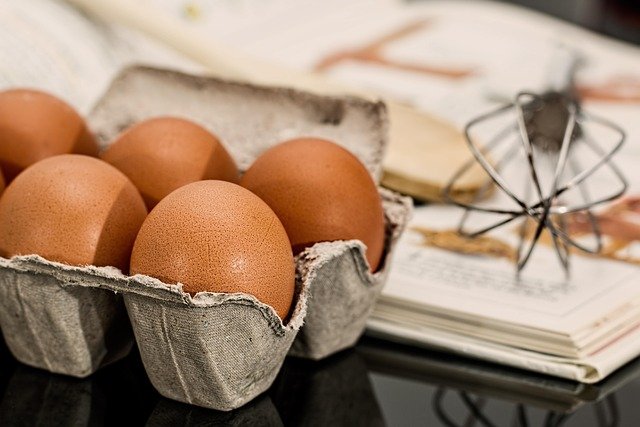Culinary Nostalgia: The Societal Shift Towards Comfort Cooking
In an era of rapid technological advancement and global uncertainty, a surprising trend has emerged: the resurgence of comfort cooking. This phenomenon goes beyond mere sustenance, tapping into deep-seated emotions and cultural memories. From social media to bestselling cookbooks, comfort food has taken center stage, reshaping our relationship with food and community.

In times of stress or uncertainty, humans have long turned to familiar foods for emotional solace. The current resurgence of comfort cooking can be traced to several societal factors, including economic instability, political turmoil, and the isolating effects of digital technology. As people seek stability and connection in an increasingly chaotic world, the kitchen has become a sanctuary of sorts.
The Social Media Catalyst
Social media platforms have played a significant role in amplifying the comfort cooking trend. Instagram, TikTok, and Pinterest are flooded with images and videos of homemade bread, hearty stews, and childhood favorites. These visual representations of comfort food tap into our collective nostalgia and desire for simpler times.
The shareability of these culinary creations has turned comfort cooking into a form of social currency. Users gain validation and connection through likes, comments, and shares of their culinary efforts. This digital dimension has transformed a private act into a public performance, creating a sense of community around shared food experiences.
Generational Shifts and Culinary Heritage
Interestingly, the comfort cooking trend has found particular resonance among younger generations. Millennials and Gen Z, often criticized for their reliance on convenience foods and dining out, are now embracing home cooking with enthusiasm. This shift reflects a desire to connect with cultural roots and family traditions that may have been neglected in the pursuit of modern lifestyles.
For many young adults, learning to cook family recipes serves as a way to preserve cultural heritage and create a sense of continuity in a rapidly changing world. This intergenerational exchange of culinary knowledge has become a powerful tool for strengthening family bonds and cultural identity.
The Therapeutic Aspect of Comfort Cooking
Beyond its social and cultural implications, comfort cooking has gained recognition for its therapeutic benefits. The act of cooking itself can be meditative and stress-reducing, providing a sense of control and accomplishment in uncertain times. The sensory experience of preparing and consuming comfort foods triggers the release of neurotransmitters associated with pleasure and relaxation.
Mental health professionals have begun to acknowledge the potential of culinary therapy in treating conditions such as depression and anxiety. The combination of creative expression, sensory engagement, and the satisfaction of nurturing oneself and others makes comfort cooking a powerful tool for emotional well-being.
Economic and Environmental Considerations
The comfort cooking trend has also intersected with broader societal concerns about sustainability and economic responsibility. Home cooking generally involves less packaging waste and food miles compared to restaurant meals or processed foods. Additionally, preparing meals at home can be more cost-effective, an important consideration during times of economic uncertainty.
This alignment with environmental and financial consciousness has helped to legitimize comfort cooking beyond its emotional appeal. It represents a way for individuals to take tangible action in addressing larger societal issues through their daily habits.
The Future of Food Culture
As the comfort cooking trend continues to evolve, it raises questions about the future of food culture. Will this return to homemade, traditional foods lead to a rejection of culinary innovation? Or will it inspire a new wave of fusion cuisine that blends comfort foods from different cultures?
The long-term impact of this trend on the restaurant industry and food manufacturing sector remains to be seen. However, it is clear that comfort cooking has tapped into a fundamental human need for connection, nostalgia, and emotional nourishment. As society navigates an increasingly complex world, the simple act of preparing a beloved dish may continue to serve as an anchor to our shared humanity and individual identities.





